The Body Remembers: Integrating Body and Mind for Trauma Recovery by Babette Rothschild
$344.99 $104.00
Product Include:
File size:
The Body Remembers: Integrating Body and Mind for Trauma Recovery by Babette Rothschild
**More information:
Get The Body Remembers: Integrating Body and Mind for Trauma Recovery by Babette Rothschild at Salaedu.com
Join trauma pioneer, bestselling author and international trainer, Babette Rothschild, for this workshop that will expand on the theory of trauma and tackle critical and key issues in recovering from trauma.
Babette will provide answers to these key questions in trauma therapy:
- Why is it that some clients improve from trauma therapy and some do not?
- In which combinations is success or failure inherent in the treatment modality, the therapeutic relationship, and the client’s resources?
- What is it that is going wrong when clients decompensate or drop out of treatment?
This workshop will provide you with an expanded mind and body based toolbox for increasing and maintaining stability and determining when or when not to proceed to memory processing. You will learn how to:
- Interpret and modulate the body’s nervous system (sensory and autonomic) to better regulate arousal levels in your clients and yourself.
- Adapt mindfulness, yoga, and physical exercise for easier access to clients with PTSD, anxiety, and panic.
- Strategies to help your clients reduce and stop flashbacks and constructively manage waking from nightmares.
- Utilize tools to protect yourself from vicarious trauma and compassion fatigue.
The theory, tools and techniques presented in this seminar are easily integrated across the widest range of treatment modalities including CBT, EMDR, Somatic Experiencing and more.
IMPERATIVE GUIDING PRINCIPLES
- Major goals for trauma therapy
- Quality of life
- Professional obsolescence
- Importance of contact and support
IMPROVEMENT VS. DECOMPENSATION
- Why clients get worse
- Identifying what works vs. “the evidence base”
- Client and therapist curiosity
THE TERMINOLOGY OF TRAUMA
- DSM-5 ® update
- Stress, Trauma, Posttraumatic stress,
- Posttraumatic stress disorder
PACING
- Three phases
- Stabilization & safety
- Reviewing trauma memories
- Integration
- Small, successful steps
CONTROL
- Loss of control in trauma
- Loss of control in the wake of trauma
- Regaining control
DIAGNOSIS
- Trauma types
- Role of attachment
- Who does not benefit from memory processing and why
- When story matters
FOCUS HEALING ON THE PRESENT
- Mindfulness
- Body awareness
- Recovery vs. resolution
CULTURAL AWARENESS
- Cultural differences
- Traditions
- Rituals
- Advantages
THE TRAUMA COMPROMISED CORTEX
- Amygdala
- Hippocampus
- Prioritize clear thinking
THE SENSORY NERVOUS SYSTEM AND DUAL AWARENESS
- Exteroceptors
- Interoceptors
- Reconciling external and internal cues
- Flashbacks
- Nightmares
- Triggers
SWEET SURVIVAL AND PERSONAL RESOURCES
- Contact and support
- Faith and nature
- Purposeful activity
OBSERVING AND REGULATING HYPERAROUSAL
- Structure of the autonomic nervous system
- From heightened alertness to flight, fight, and freeze
- Applying the brakes
- Relaxed vs. calm
AVOID THE WRONG ROAD
- Medical concerns vs. PTSD
- Current issues vs. past issues
- Importance of the client’s agenda
- Prevent “false memories”
BODY FOCUSED EXERCISES AND PRACTICES
- Body awareness
- Feet and grounding
- Exteroceptive resources
- Proprioception
- Autonomic NS awareness
- Distance and boundary
- Center of gravity and balance
- Balance & strength training
THERAPIST SELF-CARE
- Preventing vicarious trauma & compassion fatigue
- Sit back!
- Empathy and mirror neurons
- Facial feedback
- Respiration synchrony
- Image control
DEMONSTRATIONS
CASE CONSULTATIONS
More information about Medical:
Medicine is the science and practice of establishing the diagnosis, prognosis, treatment, and prevention of disease.
Medicine encompasses a variety of health care practices evolved to maintain and restore health by the prevention and treatment of illness.
Contemporary medicine applies biomedical sciences, biomedical research, genetics, and medical technology to diagnose, treat, and prevent injury and disease,
typically through pharmaceuticals or surgery, but also through therapies as diverse as psychotherapy, external splints and traction, medical devices, biologics, and ionizing radiation, amongst others.
Medicine has been around for thousands of years, during most of which it was an art (an area of skill and knowledge) frequently having connections to the religious and
philosophical beliefs of local culture. For example, a medicine man would apply herbs and say prayers for healing, or an ancient philosopher and physician would apply bloodletting according to the theories of humorism.
In recent centuries, since the advent of modern science, most medicine has become a combination of art and science (both basic and applied, under the umbrella of medical science).
While stitching technique for sutures is an art learned through practice, the knowledge of what happens at the cellular and molecular level in the tissues being stitched arises through science.
Get Health and Medical course
More information about Medical:
Medicine is the science and practice of establishing the diagnosis, prognosis, treatment, and prevention of disease.
Medicine encompasses a variety of health care practices evolved to maintain and restore health by the prevention and treatment of illness.
Contemporary medicine applies biomedical sciences, biomedical research, genetics, and medical technology to diagnose, treat, and prevent injury and disease,
typically through pharmaceuticals or surgery, but also through therapies as diverse as psychotherapy, external splints and traction, medical devices, biologics, and ionizing radiation, amongst others.
Medicine has been around for thousands of years, during most of which it was an art (an area of skill and knowledge) frequently having connections to the religious and
philosophical beliefs of local culture. For example, a medicine man would apply herbs and say prayers for healing, or an ancient philosopher and physician would apply bloodletting according to the theories of humorism.
In recent centuries, since the advent of modern science, most medicine has become a combination of art and science (both basic and applied, under the umbrella of medical science).
While stitching technique for sutures is an art learned through practice, the knowledge of what happens at the cellular and molecular level in the tissues being stit
Get Fitness – Lifestyle course
More information about Fitness:
Regular exercise and physical activity promotes strong muscles and bones. It improves respiratory, cardiovascular health, and overall health.
Staying active can also help you maintain a healthy weight, reduce your risk for type 2 diabetes, heart disease, and reduce your risk for some cancers.
Moderate aerobics exercises 3 times a week for 30 minutes can reduce cancer risk Cancer-based exercises provide relief to the patient during
cancer treatment There are many benefits to exercising. But it’s even more beneficial for cancer patients. This has been proven in research published in the medical
Get The Body Remembers: Integrating Body and Mind for Trauma Recovery by Babette Rothschild at Salaedu.com
1 review for The Body Remembers: Integrating Body and Mind for Trauma Recovery by Babette Rothschild
Add a review Cancel reply
Related products
HEALTH - FITNESS - LIFESTYLE - MEDICAL
HEALTH - FITNESS - LIFESTYLE - MEDICAL
HEALTH - FITNESS - LIFESTYLE - MEDICAL
HEALTH - FITNESS - LIFESTYLE - MEDICAL
HEALTH - FITNESS - LIFESTYLE - MEDICAL
Somatic Interventions for Treating Complex Trauma with Janina Fisher, Ph.D. from Janina Fisher
HEALTH - FITNESS - LIFESTYLE - MEDICAL
HEALTH - FITNESS - LIFESTYLE - MEDICAL
HEALTH - FITNESS - LIFESTYLE - MEDICAL

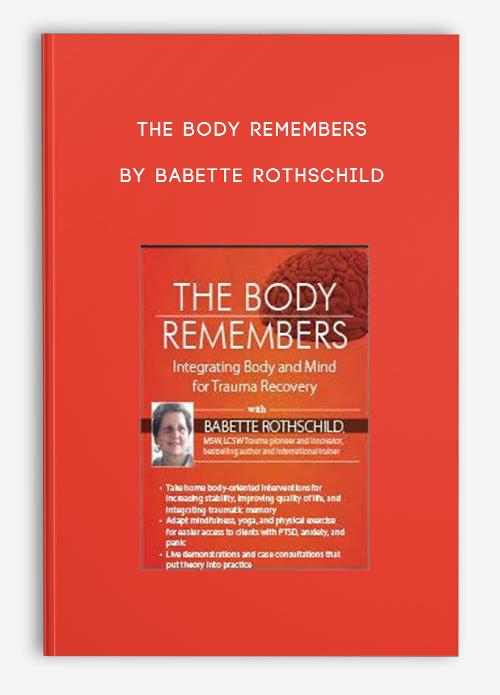


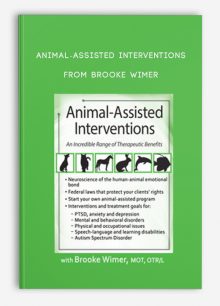

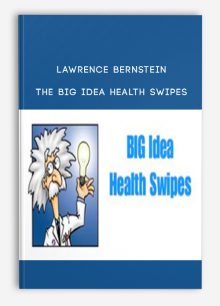
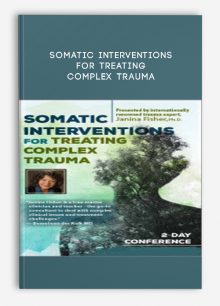
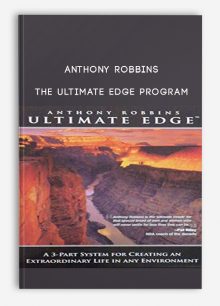
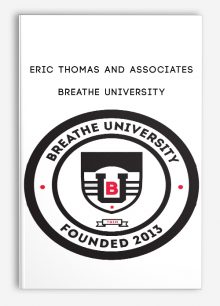

king –
We encourage you to check Content Proof carefully before paying.
“Excepted” these contents: “Online coaching, Software, Facebook group, Skype and Email support from Author.”
If you have enough money and feel good. We encourage you to buy this product from the original Author to get full other “Excepted” contents from them.
Thank you!